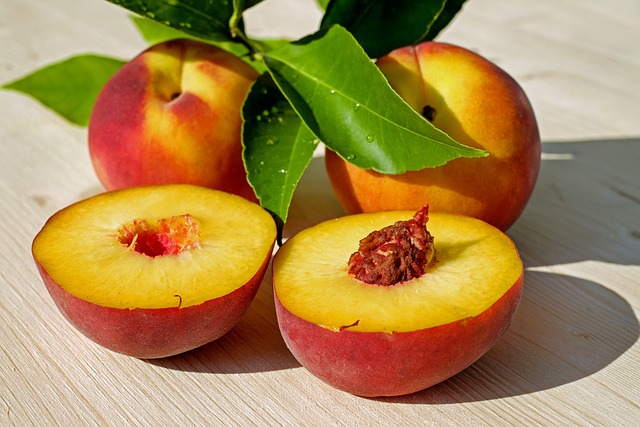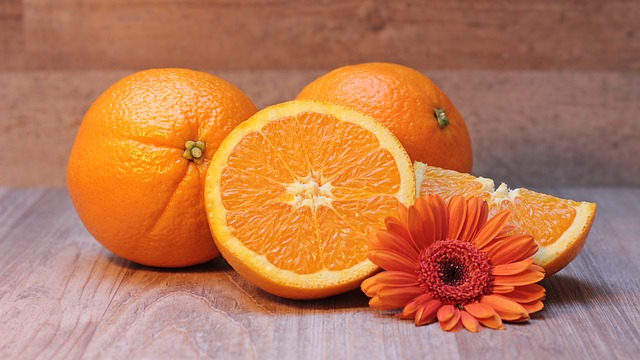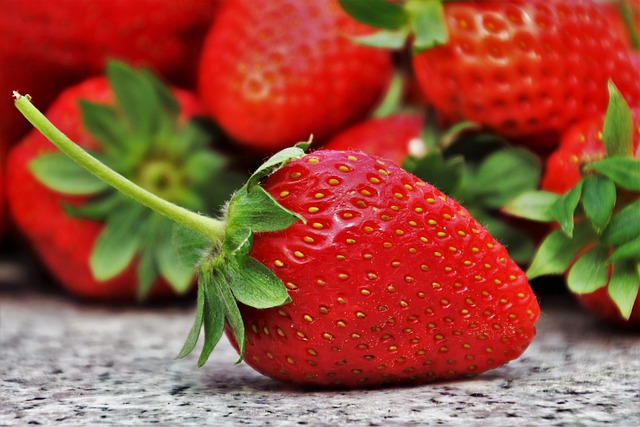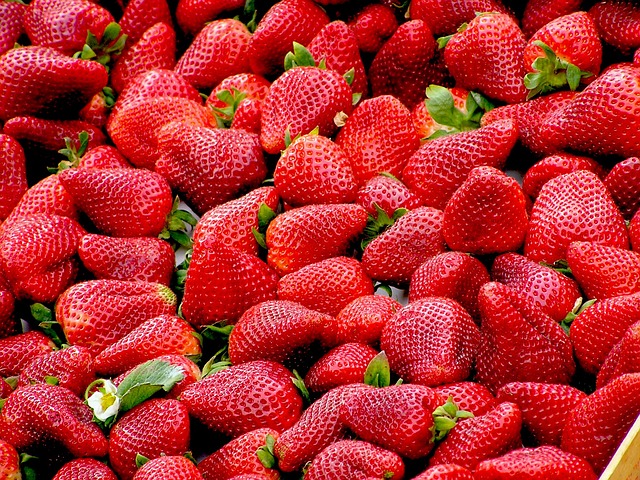Probiotic Powerhouses: Exploring the World of Fermented Foods
Probiotics, or beneficial bacteria, are becoming increasingly popular in the world of health and wellness. These tiny microorganisms can improve digestion, boost immunity, and positively impact mental health. One of the best ways to consume probiotics is through fermented foods, which are loaded with these beneficial bacteria. In this blog, we’ll take a closer look at some of the most popular probiotic powerhouses in the world of fermented foods.
Kombucha
Kombucha is a fermented tea that has been consumed for thousands of years in China and other parts of Asia. This tangy, slightly effervescent drink is made by combining tea, sugar, and a symbiotic culture of bacteria and yeast (SCOBY). The bacteria and yeast consume the sugar in the tea, producing probiotics and other beneficial compounds. Kombucha is rich in antioxidants and has been shown to improve digestive health and boost the immune system.
Sauerkraut
Sauerkraut is a fermented cabbage dish that originated in Germany and is now enjoyed all over the world. To make sauerkraut, shredded cabbage is combined with salt and left to ferment in a jar or crock for several days or weeks. The cabbage eventually becomes tangy and sour as the beneficial bacteria consume the natural sugars in the cabbage. Sauerkraut is a good source of vitamin C and other antioxidants, and has been shown to improve digestion and support a healthy immune system.
Kefir
Kefir is a fermented milk drink that originated in the Caucasus mountains of southern Russia. It’s typically made by adding kefir grains (a combination of bacteria and yeast) to milk and allowing the mixture to ferment for 24-48 hours. The resulting drink is tangy and slightly effervescent, with a texture similar to that of yogurt. Kefir is rich in probiotics and other beneficial compounds, and has been shown to improve digestion, boost immunity, and reduce inflammation.
Miso
Miso is a fermented soybean paste that has been a staple in Japanese cuisine for centuries. It’s made by boiling and crushing soybeans, mixing them with salt and a culture of bacteria and yeast, and allowing the mixture to ferment for several months to several years. Miso is a good source of protein, vitamin B12, and antioxidants, and has been shown to improve digestion and support a healthy immune system.
Kimchi
Kimchi is a spicy, fermented vegetable dish that originated in Korea and is now enjoyed all over the world. It’s typically made by combining cabbage, radish, and other vegetables with garlic, ginger, chili peppers, and a culture of bacteria and yeast, and allowing the mixture to ferment for several days or weeks. Kimchi is a good source of vitamin C, vitamin K, and antioxidants, and has been shown to improve digestion and support a healthy immune system.
Tempeh
Tempeh is a fermented soybean product that originated in Indonesia and is now popular all over the world. It’s made by cooking and fermenting soybeans with a culture of bacteria and yeast, which creates a firm, nutty, and slightly tangy product. Tempeh is a good source of protein, fiber, and probiotics, and has been shown to improve digestion and reduce inflammation.
In conclusion, probiotics are an important part of a healthy, balanced diet, and fermented foods are an excellent source of these beneficial bacteria. From kombucha to tempeh, there are a variety of probiotic powerhouses to explore in the world of fermented foods. Incorporating these foods into your diet can improve digestion, boost immunity, and support overall health and wellness.







